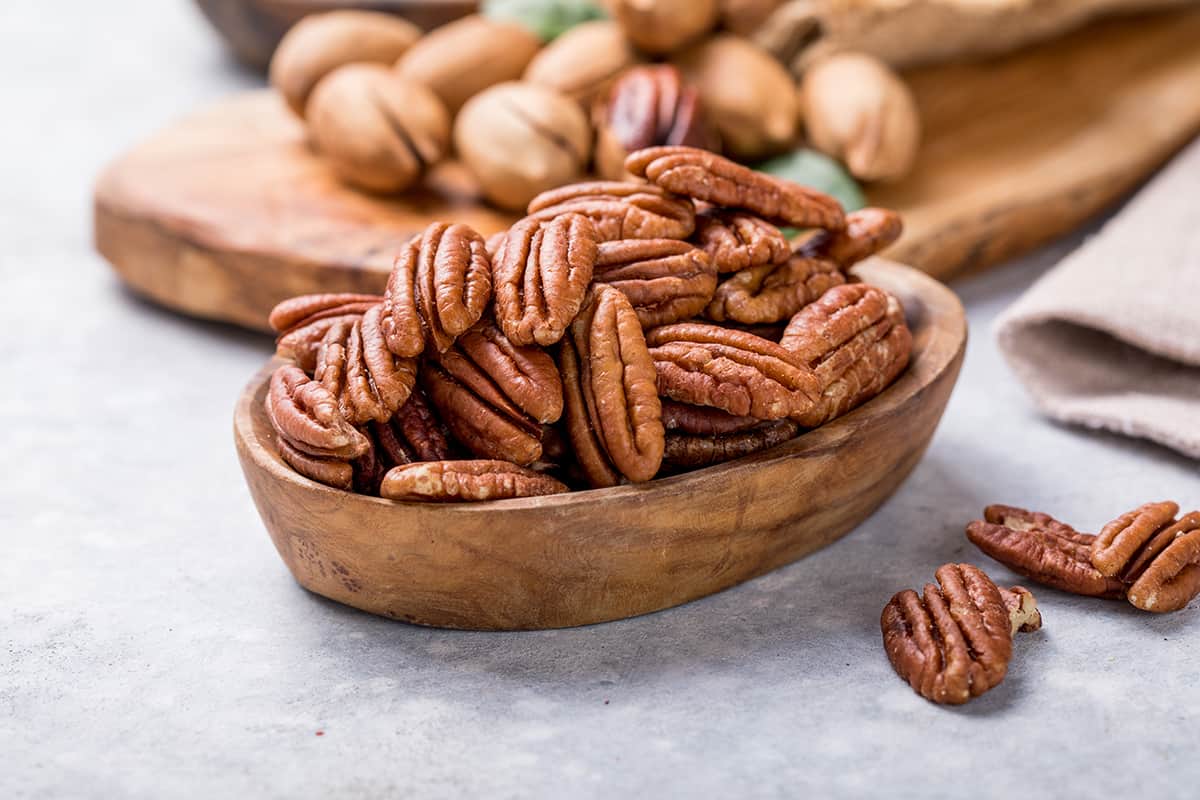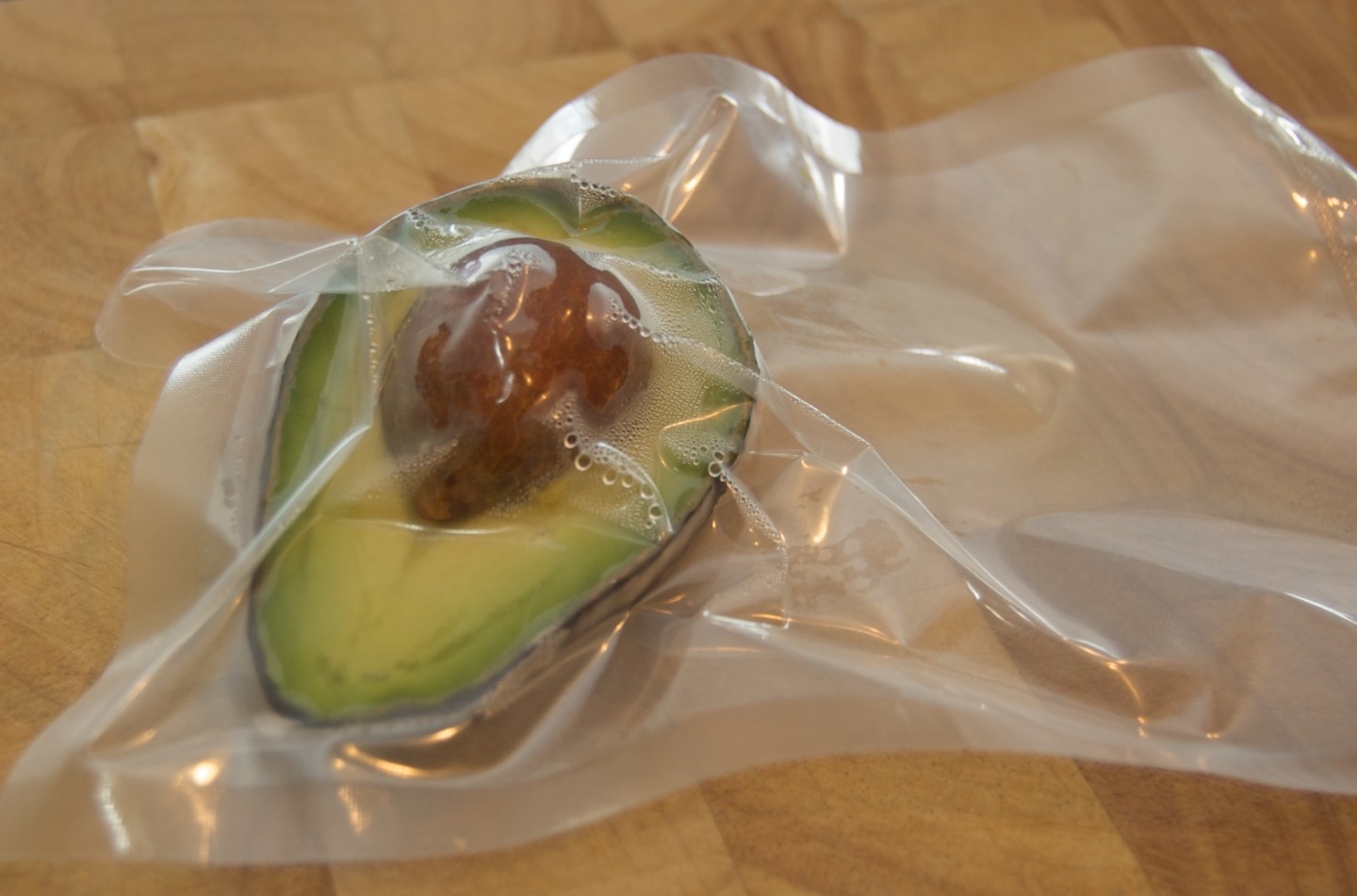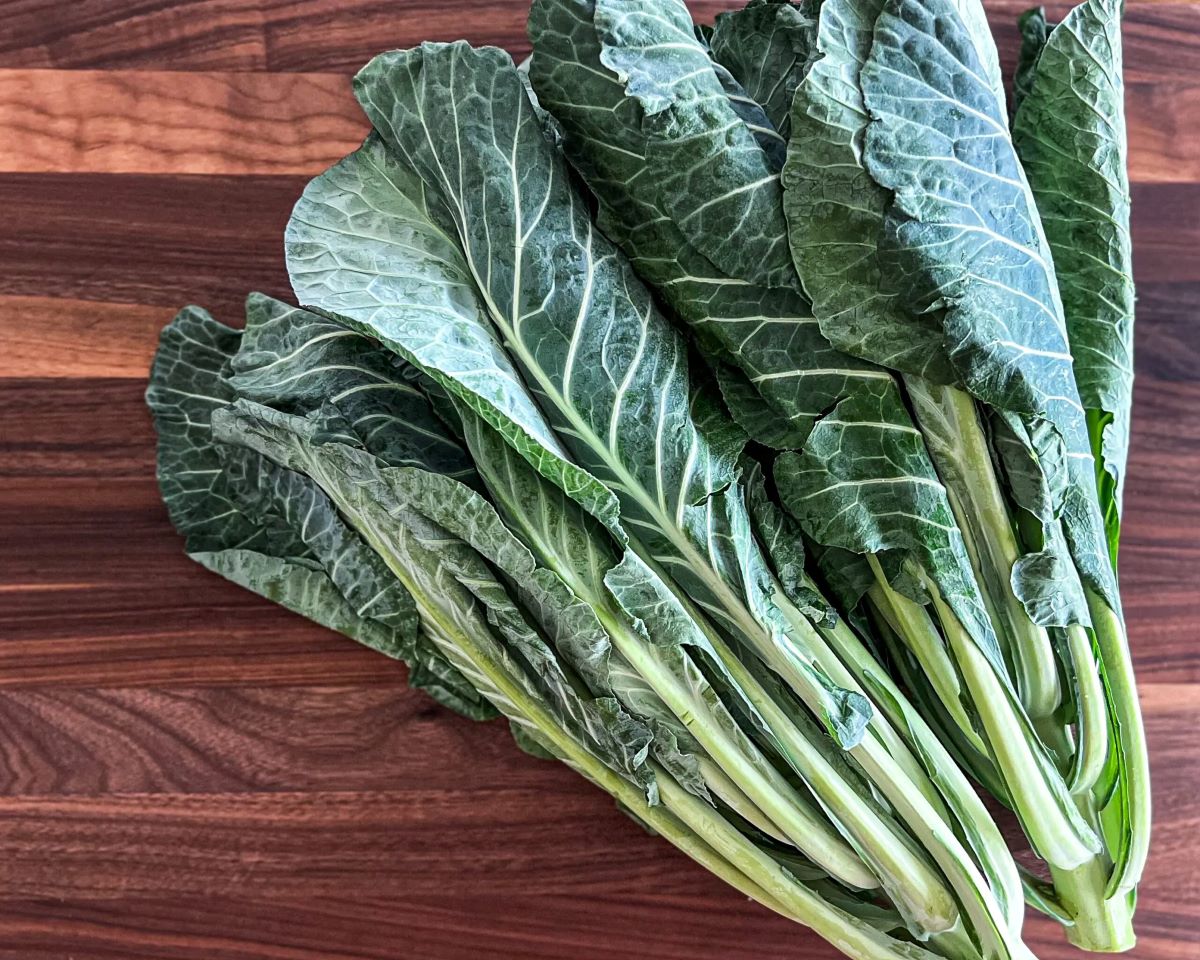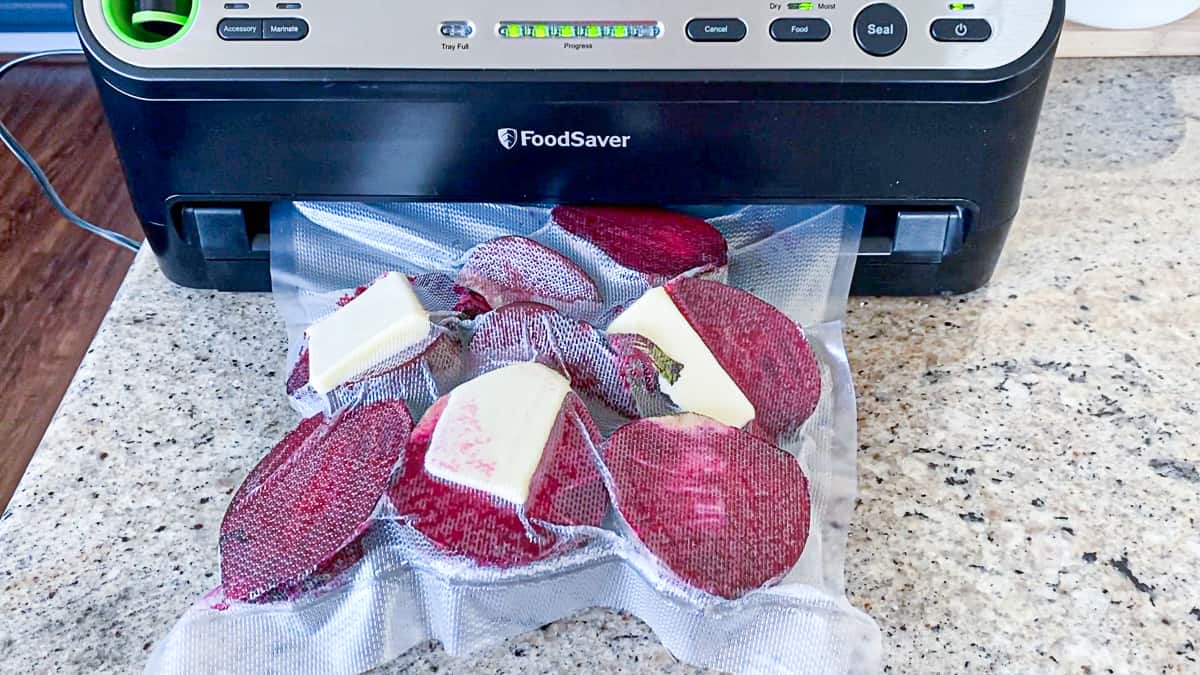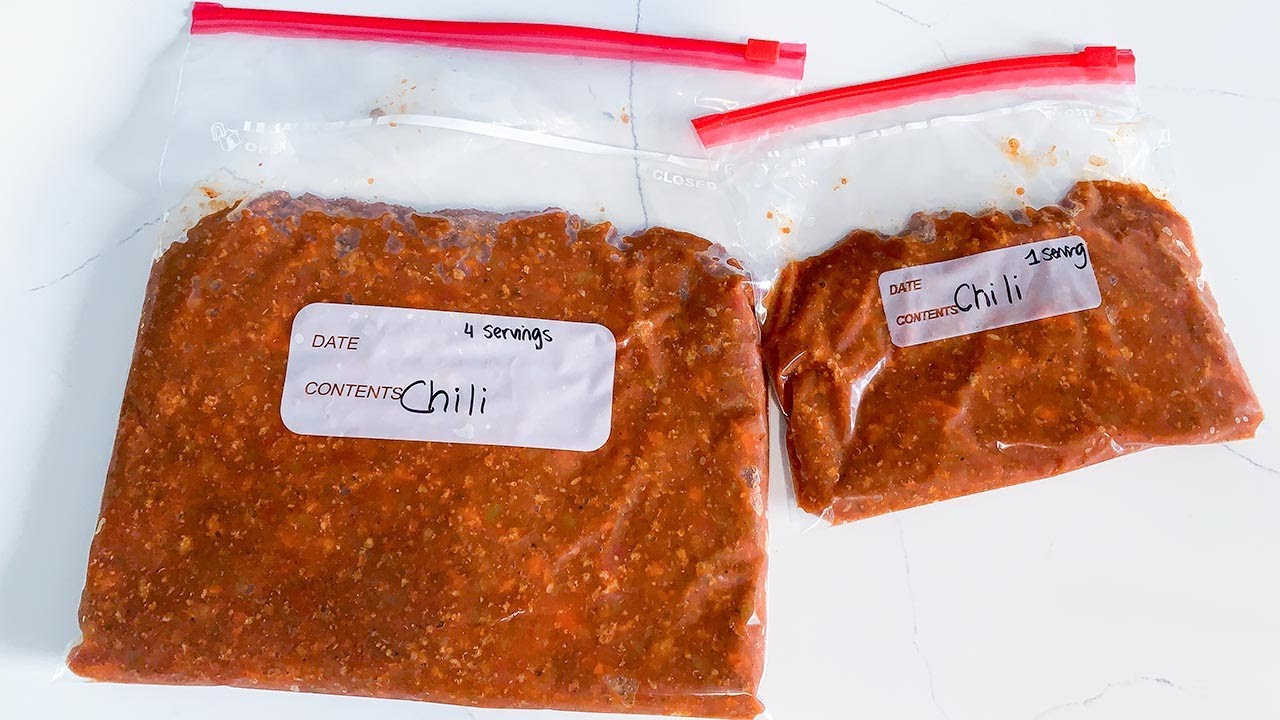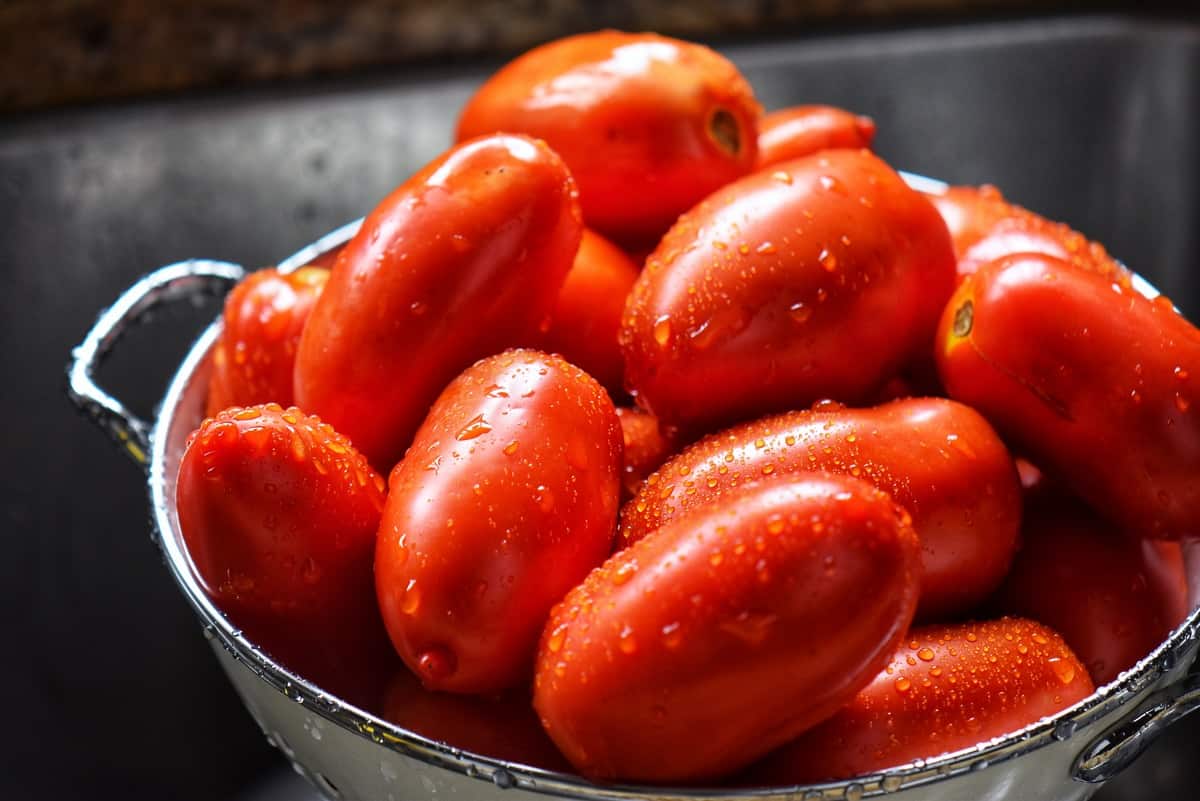Preserving Dry Beans with Vacuum Sealing
Are you looking for a convenient way to store dry beans for the long term? Vacuum sealing is a great option that can help to preserve the freshness and flavor of your beans for an extended period. In this guide, we’ll walk you through the process of vacuum sealing dry beans so you can enjoy them for months to come.
Why Vacuum Seal Dry Beans?
Vacuum sealing is an excellent method for preserving dry beans because it removes air from the packaging, which helps to prevent the growth of mold and bacteria. By creating an airtight seal, you can maintain the quality of the beans and extend their shelf life significantly.
Steps for Vacuum Sealing Dry Beans
Follow these simple steps to vacuum seal your dry beans effectively:
- Prepare the Beans: Start by sorting through the dry beans and removing any debris or damaged beans. Rinse the beans thoroughly under running water to remove any dirt or dust.
- Allow the Beans to Dry: After rinsing, spread the beans out on a clean towel and allow them to air dry completely. It’s essential to ensure that the beans are completely dry before vacuum sealing to prevent moisture from causing spoilage.
- Choose the Right Packaging: Select a high-quality vacuum sealer bag or container for storing the beans. These specially designed bags and containers are made to withstand the vacuum sealing process and help to maintain the freshness of the beans.
- Fill the Bags or Containers: Once the beans are dry, carefully fill the vacuum sealer bags or containers with the desired quantity of beans. Be sure not to overfill the bags to allow room for the sealing process.
- Seal the Bags: Place the filled bags or containers into the vacuum sealer and follow the manufacturer’s instructions to create a tight seal. The vacuum sealer will remove the air from the packaging, creating an airtight seal that helps to preserve the beans.
- Label and Store: After vacuum sealing, label the bags or containers with the date and type of beans to keep track of their freshness. Store the sealed beans in a cool, dry place away from direct sunlight and extreme temperatures.
Tips for Vacuum Sealing Dry Beans
Here are some additional tips to keep in mind when vacuum sealing dry beans:
- Use Oxygen Absorbers: Consider adding oxygen absorbers to the vacuum-sealed bags to further extend the shelf life of the beans.
- Monitor for Leaks: Periodically check the sealed bags or containers for any signs of leaks or damage that could compromise the integrity of the seal.
- Rotate Your Stock: To ensure the freshest beans, practice a “first in, first out” approach when using your vacuum-sealed beans, rotating older stock to the front for use.
- Consider Freezing: If you plan to store the beans for an extended period, you may want to consider freezing the vacuum-sealed bags for added protection against pests and spoilage.
Enjoying Your Vacuum-Sealed Beans
By following these steps and tips, you can effectively vacuum seal your dry beans for long-term storage. Whether you’re a home cook looking to stock up on pantry essentials or a prepper preparing for emergencies, vacuum sealing dry beans is a practical and efficient way to preserve their quality. Enjoy the convenience of having a supply of fresh, flavorful beans on hand whenever you need them!
Remember, properly stored vacuum-sealed dry beans can last for an extended period, providing you with a versatile ingredient that can be used in a wide variety of recipes. So, stock up on your favorite beans, vacuum seal them, and enjoy the peace of mind that comes with having a well-stocked pantry!
Was this page helpful?
Read Next: How To Vacuum Seal Pulled Pork
